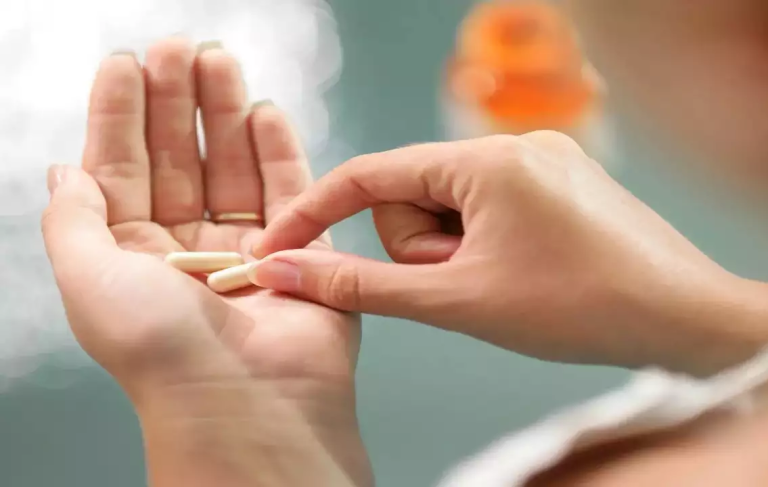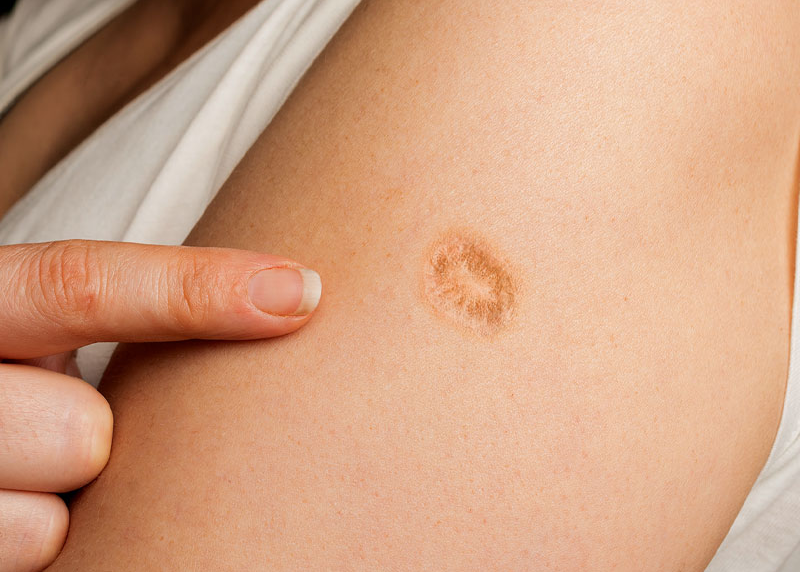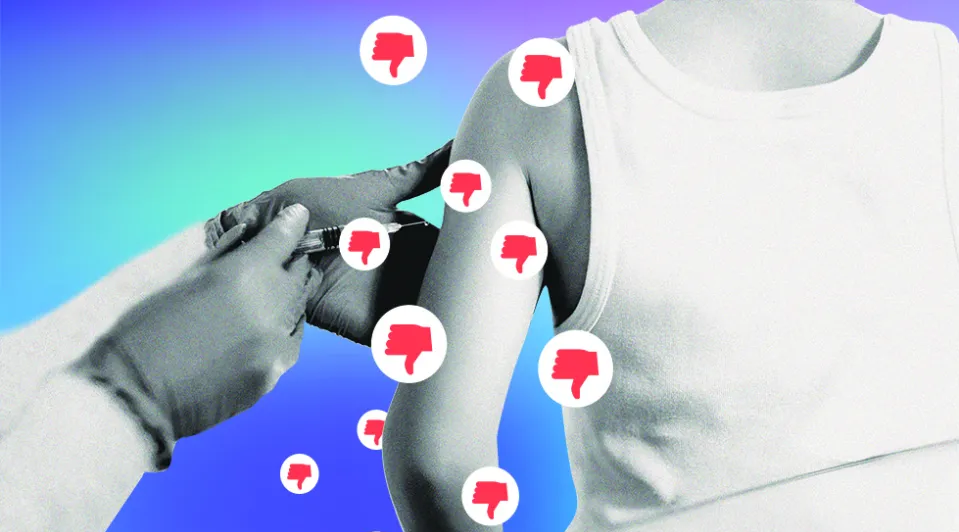A new study published earlier this month suggests that people who took Pfizer’s Paxlovid (nirmatrelvir-ritonavir)—an antiviral drug treatment for COVID-19—are much more likely to experience reinfection than those who did not take the drug. The study, published in the Annals of Internal Medicine, reported that one in five people who take Paxlovid could experience rebound infections.1 2
Paxlovid is not a monoclonal antibody treatment but is a protease inhibitor, which is designed to stop the SARS-CoV-2 virus from replicating by blocking protease, an enzyme the virus needs to multiply.3 Paxlovid is one of multiple antiviral drugs that researchers believe have changed the course of COVID.
Paxlovid was granted full approval by the U.S. Food and Drug Administration (FDA) in May 2022 for “treatment of mild-to-moderate COVID-19 in adults at high risk for severe disease, including hospitalization and death.” The U.S. Centers for Disease Control and Prevention (CDC) recommends the drug for anyone over age 12 who is at higher risk of COVID complications. However, Paxlovid users have reported incomplete recovery, or a “rebound” effect by testing positive again after testing negative once they have finished the five-day course of the oral drug.4
Participants in Study Who Received Paxlovid Received More Vaccinations Than Placebo Group
Researchers followed 142 people who were enrolled in an ongoing study of COVID disease from March 2022 to May 2023 in which participants received Paxlovid or a placebo. The 72 people in the study who received Paxlovid had received more vaccinations than the placebo group. The researchers, led by Mark Siedner, MD at Harvard Medical School and Massachusetts General Hospital, also confirmed from cultures of the live SARS-CoV-2 virus from rebound patients, that they were still infectious and able to spread the virus to others.1
Paxlovid Rebound Patients Harbor Live Virus in Their Noses for Up to Two Weeks
Global COVID vaccine deployment strategies relied heavily on encouraging patients to get vaccinated to “prevent infection as well as spreading infection to others.” The experimental vaccines were not the only interventions designed to prevent the spread of infection that failed. In fact, the latest study found that Paxlovid users who experienced rebound infections continued to harbor the live virus in their noses for up to 14 days.4
“Our study was small and needs to be verified, but based on our data, we need to balance the fact that Paxlovid is a very important drug and should be used in higher-risk people, with the risk of rebound in 20 percent of people,” Dr. Siedner said.4
Lead Researcher Finds Discrepancies Between Pfizer’s Studies and Other Studies on Paxlovid
Dr. Siedner also explored discrepancies between Pfizer’s initial, more conservative estimates of rebound versus higher estimates from other studies, noting that more frequent testing was key. Pfizer’s study, which was not designed to study rebound, only tested participants three times: at days five, 10, and 15 after the first positive COVID-19 test. “When you don’t sample enough, you miss the rebound, and our study was able to fill in the gaps,” Dr. Siedner said. “If you’re not studying it closely enough, you may not find it.”4
Are Pharmaceuticals Fueling the Evolution of COVID?
Reinfections and mutations have been long-standing hurdles that some researcher have concluded continue to perpetuate the evolution of the virus. In fact, another recent study links Merck’s widely-used antiviral COVID drug Molnupiravir to viral mutations that can spread between other people, raising concerns about the drug’s efficacy as well as whether it could be fueling the evolution of COVID.5
Pfizer continues to gather pediatric data in hopes of submitting Paxlovid for full FDA approval for children in the future. Dr. Siedner said the rebound infection rate for Paxlovid users might be a reason for low-risk individuals to avoid taking the drug.6
If you would like to receive an e-mail notice of the most recent articles published in The Vaccine Reaction each week, click here.
Click here to view References:1 Herper M. Study suggests Covid rebound is far more common with Paxlovid than without. STAT News Nov. 13, 2023.
2 Edelstein G et. al. SARS-CoV-2 Virologic Rebound With Nirmatrelvir–Ritonavir Therapy. Annals of Internal Medicine Nov. 14, 2023.
3 M Health Fairview. What you need to know about COVID-19 therapies: Paxlovid. June 20, 2023.
4 Park A. Rebound Infections Occur in 20% of Paxlovid Users, According to New Research. TIME Nov. 14, 2023.
5 Constantino AK. Merck Covid drug linked to virus mutations that can spread between people, new study says. CNBC Sept. 25, 2023.
6 Katella K. 13 Things To Know About Paxlovid, the Latest COVID-19 Pill. Yale Medicine Sept. 5, 2023.














2 Responses
Paxlovid is a triple fluorinated drug which makes it very dangerous. 33% of pharmaceuticals have been fluorinated since 1986 and almost all have safer ,cheaper, effective alternatives. F makes a drug work longer, stronger,faster & deeper. It also allows Big Pharma to take a generic; add F and it magically becomes a brand name again. An example is Quinilones arounf for many decades. Now have F in them the drug parmanently adducts it self to your cells and is causing terrible permanent injuries that can show up up to a years down the road. Several ;including Levaquin, given at EVERY hospital for 20+ years have been removed from the market, yet some like Cipro stay. Look up[ Cipro poisoning site.] These drugs have ONE F molecule in their formula; PAXLOVID HAS THREE; [as does Voraconizole for fungal infections] and the side effects are similar to worse than the quinolones. Go to Chemistry of “what ever drug you are prescribed” to see the formula and if there is an F in it ask for an alternative.
“In fact, the latest study found that Paxlovid users who experienced rebound infections continued to harbor the live virus in their noses for up to 14 day”
Somehow I had come to the understanding that viruses are not alive, not considered a form of life. Maybe my understanding was a misunderstanding?